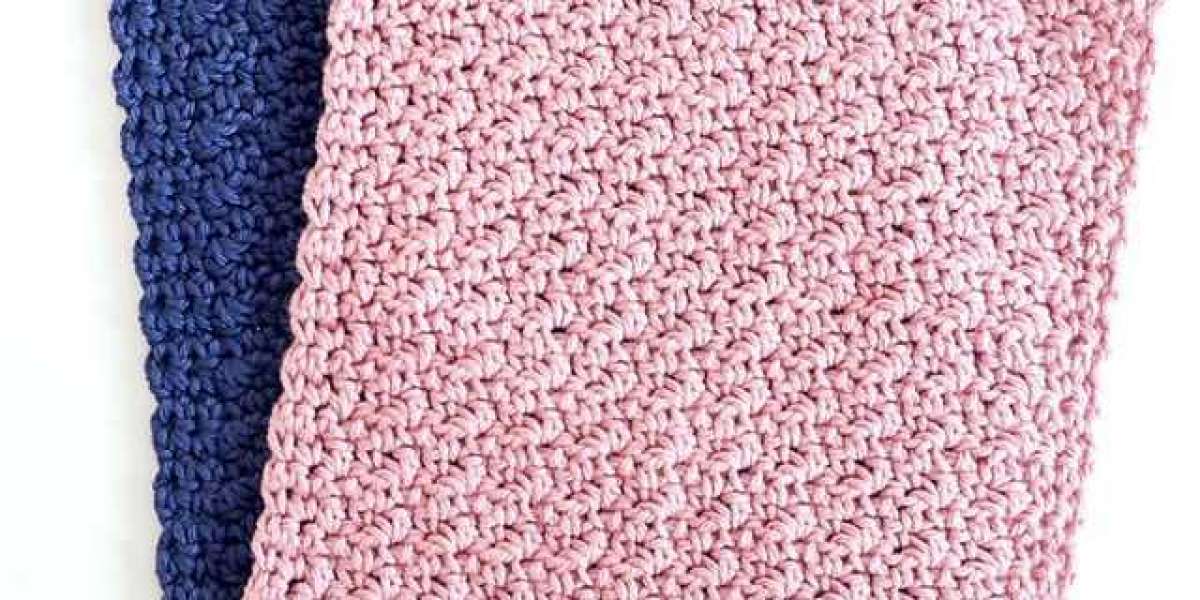If you're a rabbit owner or considering adopting a fluffy, long-eared friend, providing a safe and comfortable living environment is paramount to their well-being. The foundation of their habitat is the rabbit cage, and designing the perfect one is essential for a happy and healthy bunny. In this blog, we'll explore the key aspects of creating the ideal rabbit cage, ensuring your furry companion's comfort and contentment.
Size Matters
How to build a rabbit cage? First and foremost, size matters when it comes to a rabbit cage. Bunnies need space to hop, stretch, and explore. A cage should provide enough room for your rabbit to stand on their hind legs without their ears touching the ceiling. Ideally, the enclosure should be at least four times the size of your rabbit, allowing them to move around freely. More space is always better, as it fosters physical and mental stimulation.
The Right Material
Choosing the right material for your rabbit's cage is crucial. Wire cages with solid bottoms or enclosures made of rabbit-safe plastics work well. Avoid cages with wire floors, as these can hurt your rabbit's sensitive feet. If you do have a wire-bottom cage, place a solid platform or mat for your bunny to sit on.
Ventilation and Airflow
Proper ventilation is vital to maintain a healthy living environment. Make sure your rabbit's cage is well-ventilated and allows for good airflow. Stale air can lead to respiratory issues, so ensure there's adequate circulation within the cage.
Easy Cleaning
Rabbits are known for their cleanliness, but a cage can get messy. Look for a cage design that allows for easy cleaning. Removable trays or litter boxes can make your life much easier. A clean living space is essential to prevent health issues and maintain a pleasant environment.
Comfort and Safety
Your rabbit's comfort is a top priority. Provide soft bedding for them to rest on. You can use materials like straw, hay, or specially designed rabbit bedding. Additionally, make sure there are no sharp edges or protruding wires in the cage that could harm your rabbit.
Enrichment and Stimulation
Rabbits are intelligent and curious animals. They need mental and physical stimulation to stay happy. Consider adding rabbit-safe toys and tunnels to their cage to keep them engaged. Providing opportunities for play and exploration can prevent boredom and behavioral issues.
Accessibility
Your rabbit's cage should be easily accessible for you and your furry friend. A hinged or removable top is helpful for reaching inside and interacting with your bunny. Ensure that the doors and latches are secure to prevent escapes and to protect your rabbit from potential dangers.
Location, Location, Location
Where you place the cage is just as important as the cage itself. Keep it in a quiet, temperature-controlled area of your home. Avoid direct sunlight and drafts, as rabbits are sensitive to temperature fluctuations. If your rabbit lives outdoors, make sure the cage is well-protected from the elements.
Interaction and Playtime
A rabbit cage is not a prison; it's a home base. Your rabbit should have regular playtime outside the cage to explore, hop around, and interact with you. Socialization and exercise are essential for their well-being.
In conclusion, creating the ideal rabbit cage involves considering the size, material, ventilation, ease of cleaning, comfort, safety, enrichment, and accessibility. A well-designed cage, combined with regular interaction and playtime, will ensure that your rabbit lives a happy and healthy life in your care. Remember, a happy bunny means a happy owner, so invest the time and effort in making your rabbit's living space the best it can be.







